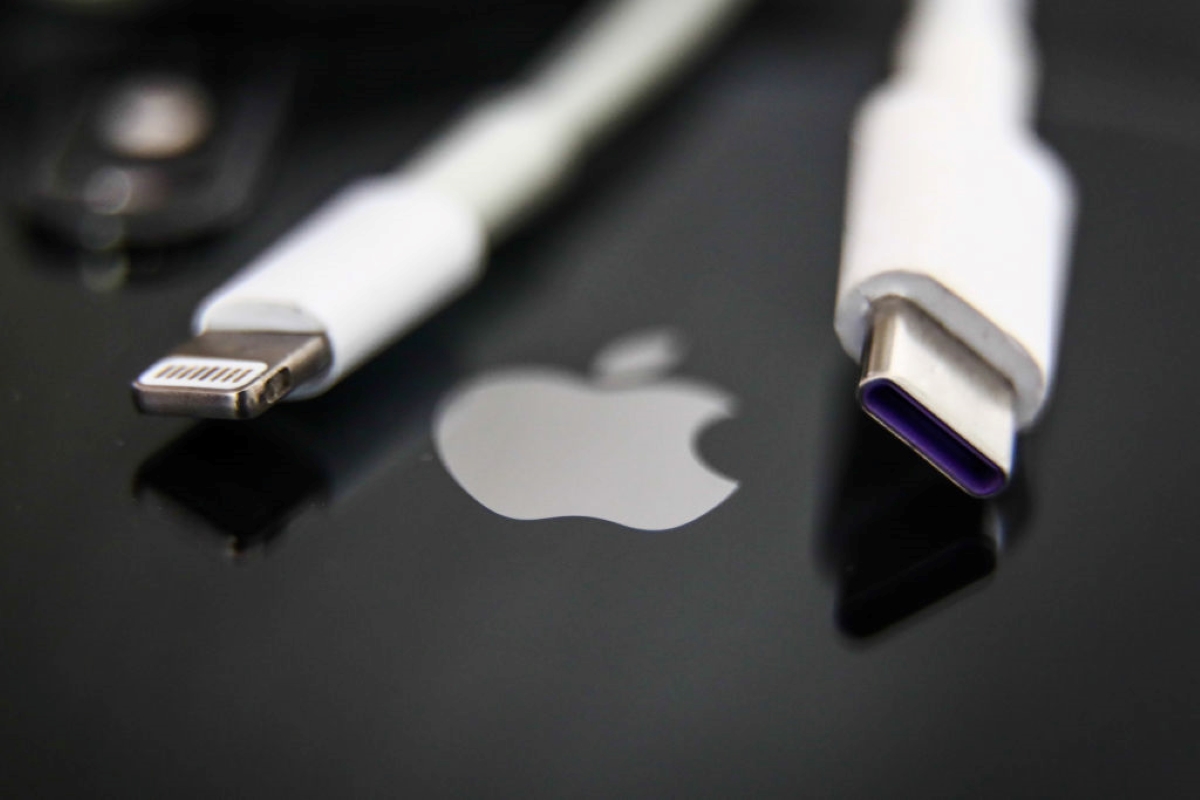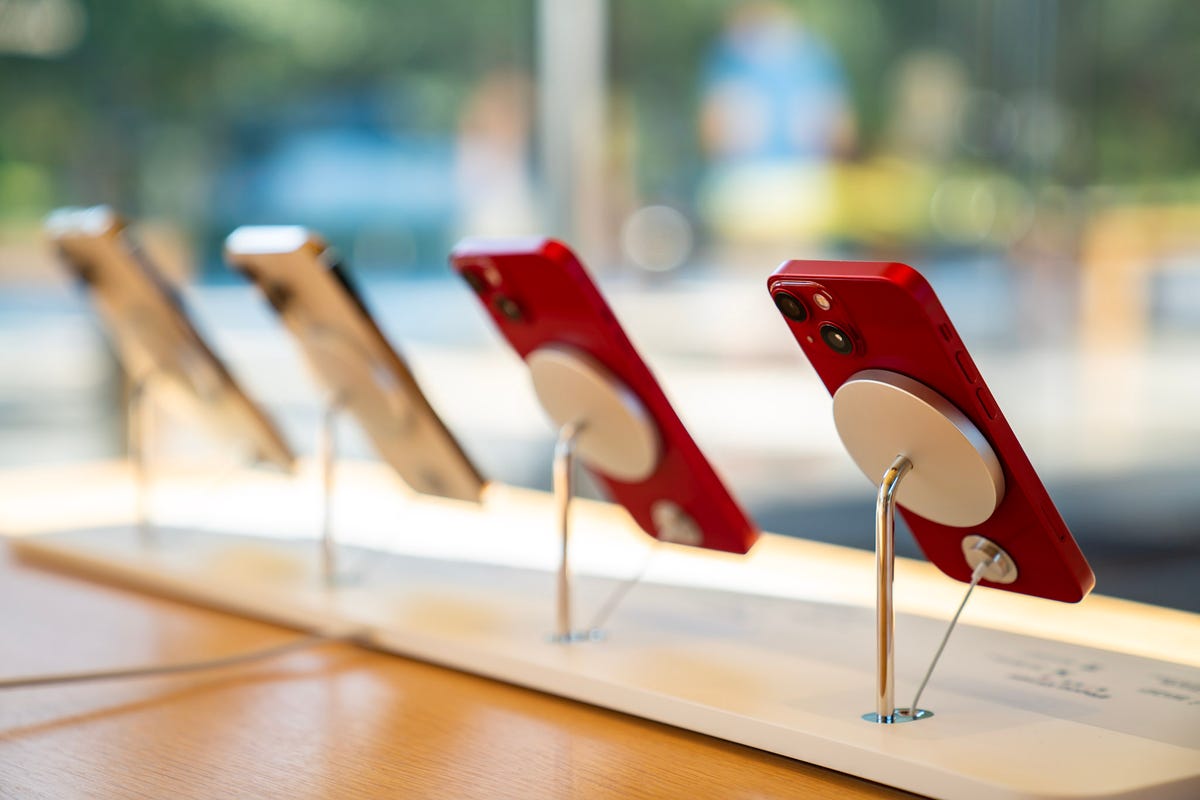Switching from Lightning to USB-C: what iPhone owners need to know

The presentation of the iPhone 15 will mark the beginning of the end of the Lightning connector. Why? Because Apple
The Lightning connector has had a good run. Introduced for the first time with the iPhone 5 in September 2012, it succeeded the 30-pin connector that had equipped Apple devices since the release of the third generation of the iPod Classic in 2003.
The switch to USB-C represents a big change. A huge change. Almost 1.5 billion iPhones are currently in use, all equipped with Lightning ports. And every owner has at least one charging cable and a charger – at a minimum – and countless gadgets that plug in or interface with the iPhone.
That’s a lot.
Is USB-C on the iPhone here to last?
Before I get into the practicalities of this change for iPhone users, let me answer a question. How long will iPhones be equipped with USB-C before Apple moves on?
It has been mentioned, for example, that Apple would like to stick to the Lightning port until it is ready to switch the iPhone entirely to wireless. This roadmap is not confirmed.
Will USB-C have a decade of presence on the iPhone? Who knows (apart from Apple executives), but I wouldn’t be surprised if Apple started mentioning that wireless is the future. But if Apple starts selling cables and gadgets to exploit the USB-C port, then I expect that USB-C, however, will remain in place for a few years.
After all, every port change made by Apple has caused negative reactions from the general public and bad press. This is change, and some people don’t like change.
What are the accessories to buy for the iPhone 15?
Okay, enough about the future. You own an iPhone and you are considering upgrading to the iPhone 15. What does this mean for you?
First of all, your Lightning cables are now ancient history. It may be that Apple sells a Lightning to USB-C dongle – we’ll get to that in a minute – but I don’t think it makes any more sense to convert the old cables.
Just buy USB-C cables. After all, you will now have a single cable that will work for your iPhone, iPad, Mac and billions of other devices.
As for chargers, if you have a USB-C charger, then you are ready. No matter what it is technically, it will work. It may not be the fastest to charge, but it will be compatible.
We don’t know yet what the charging speed of the new iPhone 15 will be, but if you have a 30W USB-C charger, it is likely that it will be as powerful as you need. If you are using a MagSafe wireless charger, you are already living in the future, and therefore you are ready.

Before USB-C, MagSafe charging was the last change in the way iPhones could be powered. Jason Hiner/ZDNET
What about the CarPlay system? Cars are equipped with a USB-A port. That’s why many people still have USB-A to Lightning cables, although everywhere else they have switched to USB-C. We don’t have details yet, but I would bet that a USB-A to USB-C cable will work, or Apple will most certainly have a dongle to sell to its customers.
The switch to USB-C has been imposed on Apple, but the company will not only make it seem like a good idea, it will also take the opportunity to sell more products.
What about the myriad of objects that already connect to iPhones? You’re still going to need this dongle. Buy several so that you always have one at hand. Or, if the life of the dongles seems too complicated for you, you will have to buy new items.
This is a change, of course, but with almost one and a half billion devices equipped with Lightning ports, it will be some time before they completely disappear. By the way, I still see a few iPods with a 30-pin connector passing by. And today there are many more devices equipped with Lightning ports than there were iPhones and iPods with 30-pin connectors back then.
So, yes, there is change, but don’t panic, because all your problems can be solved by giving more money to Apple. You may need to replace a cable or two, and maybe buy a few dongles, but other than that, it’s not a big deal. And don’t forget, instead of throwing those old cables in the trash, be a hero, save the planet and give them to someone who has an older iPhone.








